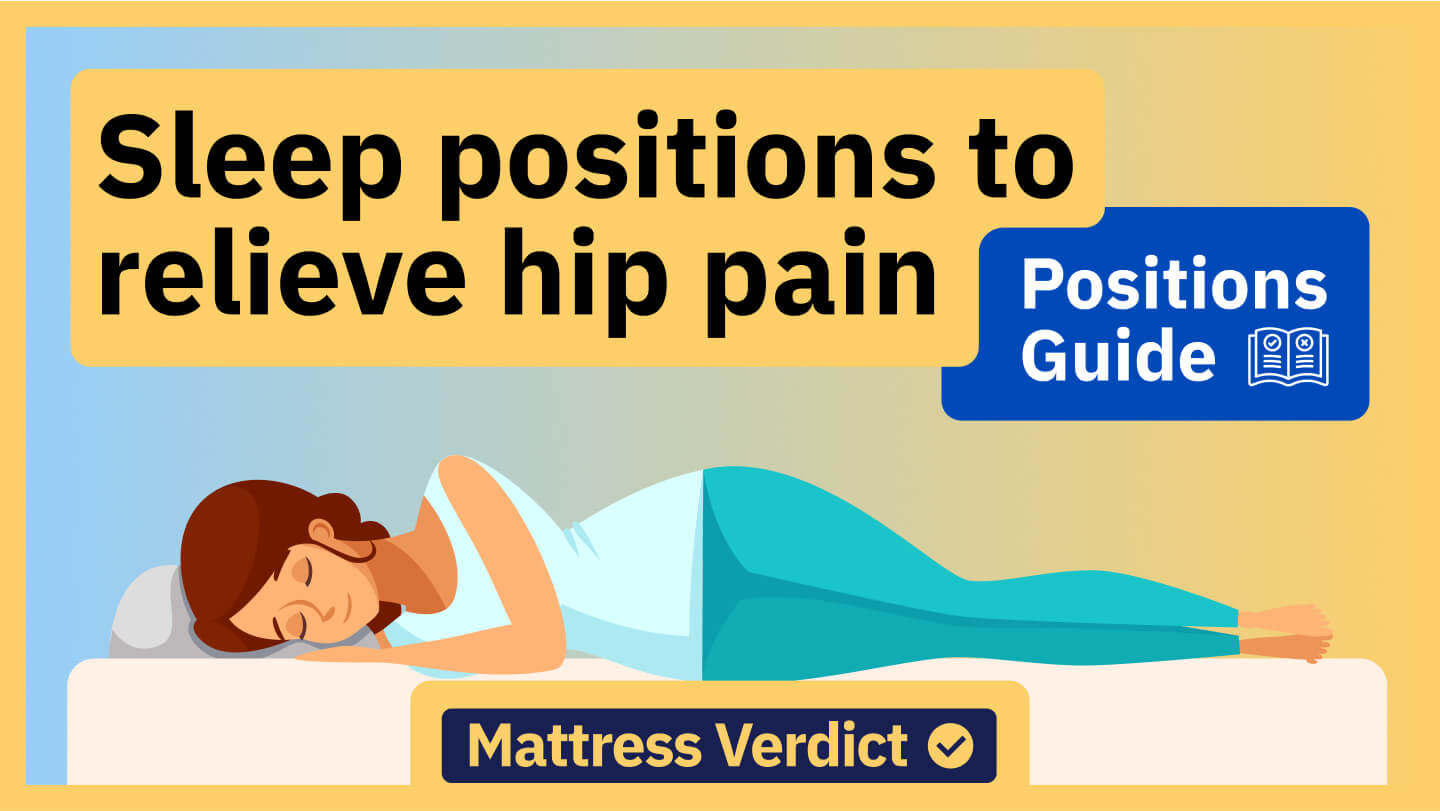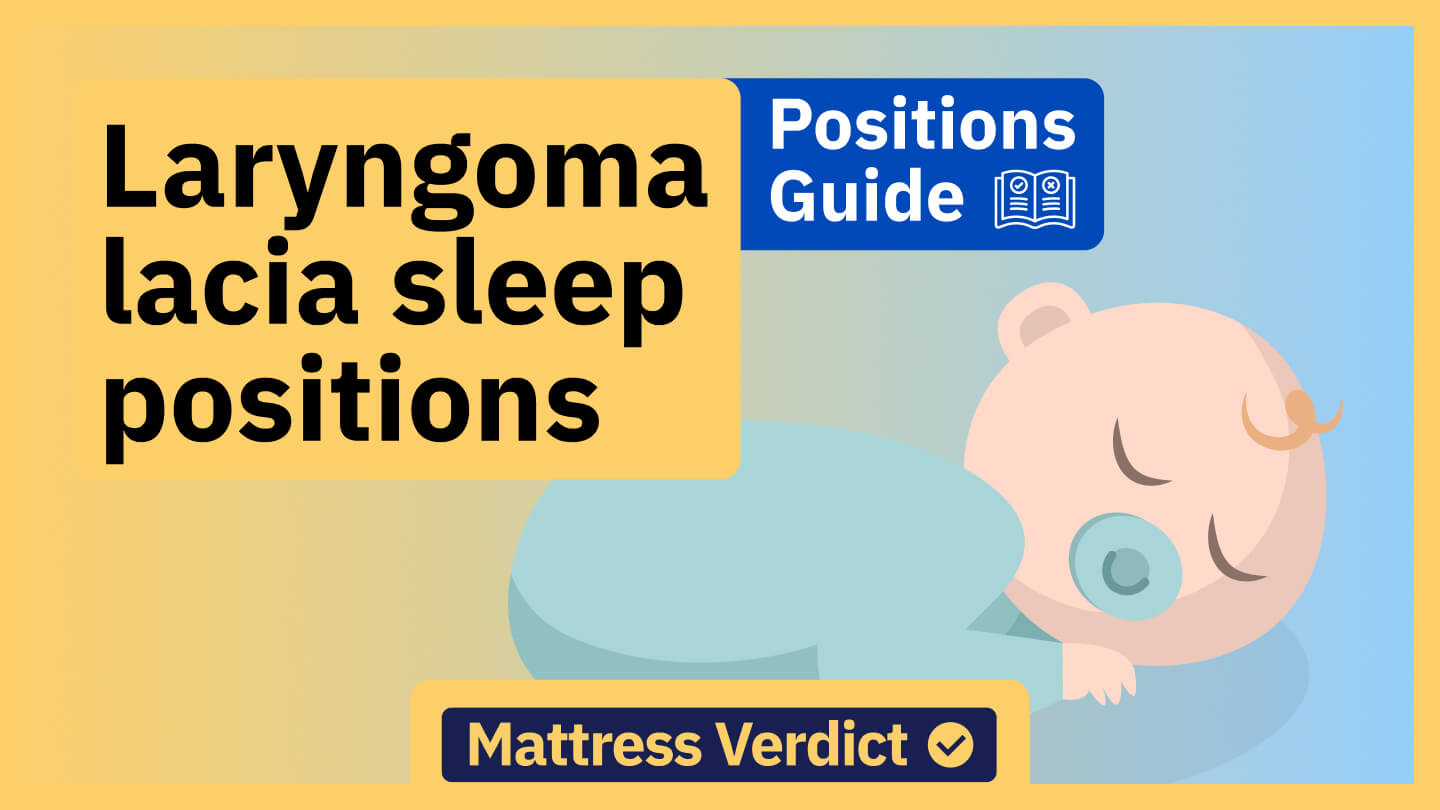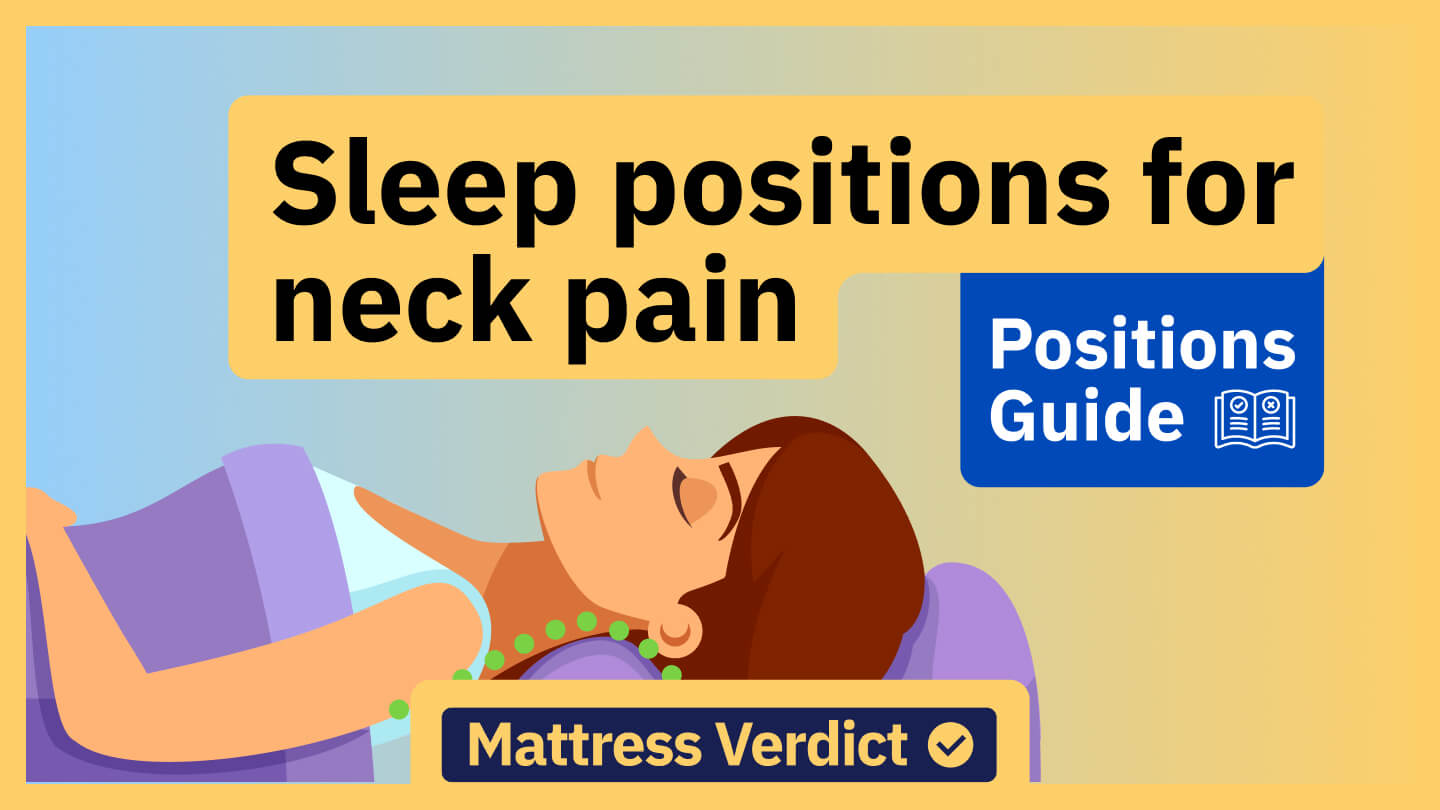

The expression “put your feet up” is often used to encourage a person to rest or relax. Putting one’s feet up literally while sleeping may significantly impact sleep quality and overall health. If you’ve been advised to sleep with your legs elevated, you may want to know whether or not it’s a good step for you.
While the practice of sleeping with your legs up is gaining popularity among many people, it may only be beneficial for some, and you may need to speak to a doctor before making any decision. To help you decide, Mattress Verdict examines the potential benefits and dangers of sleeping with your feet elevated.
Key Takeaways
-
Sleeping with your legs up can have a significant positive impact on your sleep quality and overall health
-
Sleeping with your legs elevated reduces pain and inflammation from several health conditions
-
It’s helpful to speak to a doctor before making significant changes to your sleeping routine
What are the Benefits of Sleeping with Your Legs Elevated?
The benefits of sleeping with your legs elevated include the following:
Improves Blood Circulation
Sleeping with your legs elevated can help improve blood circulation throughout your body. When you sleep with your legs raised, there is less pressure on the heart as gravity allows blood flow to reach it without extra effort. Since your heart doesn’t have to work as hard when you’re lying down, it can transport blood to your extremities easily. Improved blood circulation also reduces your likelihood of developing medical conditions like deep vein thrombosis (blood clots in a deep vein) or varicose veins.
Reduces Pain from Sciatica
Sciatica is a condition characterized by pain radiating along the sciatic nerve, which runs down one or both legs from the lower back. It occurs when a herniated disc or bone spur presses on the nerve, leading to leg pain, lower back pain, and numbness in the feet or legs. A good sleep position for sciatica is lying on your back with your feet elevated to minimize pressure caused by lumbar discs resting on the root of the nerve.
Reduces Tissue Inflammation
Excessive fluid in the body’s tissues can lead to swelling (edema) in the lower extremities. Edema may be caused by sitting or standing for long in the same position, pregnancy, or poor nutrition. Sleeping with elevated feet is a simple way to relieve tissue inflammation and the associated discomfort.
Reduces Back and Hip Pain
If you have back or hip pain, elevating your legs while sleeping may offer some relief. Sleeping with your feet up reduces pressure on your spine and back muscles, allowing your spine to return to its natural position. Using an adjustable bed can help you find the ideal elevation that provides sufficient pain relief. You can check out Mattress Verdict’s catalog of the best mattresses for back pain to find the perfect fit for your situation.
Speeds Up Healing
If you’re recovering from an injury or surgery, sleeping with your legs up can aid wound healing. Elevating your feet while sleeping allows greater blood flow, sending white blood cells and body fluid to areas where they’re needed to facilitate healing.
Improves Spine Alignment
Unlike what you may think, sleeping flat on your back is not the best position for spine alignment. The spine has a natural curve, and lying flat can put pressure on it, leading to discomfort. If you’re a back sleeper, sleeping with your legs elevated can relieve pressure on the spine and allow optimal alignment.
What are the Potential Side Effects of Sleeping with Your Legs and Feet Elevated?
It’s clear that sleeping with one’s feet elevated has several benefits, but it may not be the best sleeping position for everybody. For some people, elevating the legs while sleeping may lead to the following side effects:
May Worsen Restless Leg Syndrome
Restless leg syndrome is a neurological condition characterized by an overwhelming urge to move one’s legs due to an uncomfortable sensation. People with restless leg syndrome may exacerbate their symptoms by sleeping with their legs elevated. You may need to speak to a doctor if you have this condition before changing your sleep posture.
Difficult to Change Sleeping Positions
Combination sleepers, that is, people who change sleeping positions throughout the night, may struggle to switch positions with the pillows or blankets propping them up. You may need to reposition your pillows or bolster as you change positions, causing you to awaken frequently and impacting your sleep quality.
Who Can Benefit From Elevating Their Legs While Sleeping?
Almost all back sleepers can benefit from sleeping with their legs elevated, but this position particularly helps the following groups of people:
-
Pregnant women
Sleeping with legs elevated reduces ankle and foot swelling associated with pregnancy.
-
People with varicose veins and circulatory issues
Sleeping with the feet elevated mitigates pain and swelling associated with varicose veins and other circulatory issues. It may also help to improve breathing in some people with respiratory conditions.
-
People with congestive heart failure
Sleeping with the feet up takes advantage of gravity to get blood to all parts of the body, reducing heart strain associated with congestive heart failure.
-
People with lower back and hip pain
Elevated legs and feet while sleeping take pressure off the lower back and relieve chronic lower back pain. Having your legs elevated when sleeping is also one of the top sleep positions to relieve hip pain.
Who Should Avoid Elevating Their Legs While Sleeping?
If you have restless leg syndrome or an anxious sleeper who changes positions throughout the night, try to avoid elevating your legs when you sleep. People with difficulty getting a restful night’s sleep may also want to avoid sleeping with their legs up. Ultimately, it’s advisable to speak with your doctor before making lifestyle changes regarding your health.
Tips on How to Elevate Your Legs While Sleeping Comfortably
When you elevate your legs and feet, you want to ensure you’re comfortable, with your ankles slightly above your thighs and heart. Here are some tips to make sleeping with your feet a happy experience.
Use Stacked Pillows
Stacked pillows are an easy, inexpensive way to elevate your legs while you sleep. Stack as many pillows as you need to achieve your ideal elevation – usually six to 12 inches above your chest. Stacked pillows are excellent for those who do not move much when sleeping.
Use a Folded Blanket
Using a folded blanket is another simple way to raise your legs while you sleep. It also offers a more stable elevation than stacking pillows. Simply fold a blanket and adjust it till it feels comfortable. Folded blankets are also great for side sleepers who want to elevate their legs while sleeping.
Get an Adjustable Bed
An adjustable bed offers an easy and permanent way to elevate your legs when sleeping. These beds allow you to elevate your legs till you find the most comfortable position. They are firm and do not require any balancing throughout the night. Electric adjustable beds come with a button or mobile app to customize the bed to your preferred angle. You may also consider getting a new mattress for your adjustable bed. Take the Mattress Verdict Quiz to determine the best mattress type for you.
Frequently Asked Questions
Is it safe to sleep with your feet elevated all night?
Sleeping with your feet elevated all night is safe for most people. If you are not still determining whether elevating your feet all night is good for you, consider starting with a shorter sleep time to see how it feels. You may also need to speak to a doctor about your unique needs.
Why do Navy Seals sleep with their legs up?
According to former Navy Seal officer Jocko Willink, Navy Seals sleep for eight minutes with their legs elevated to improve the onset and quality of sleep. Officer Willink said he felt like he “slept for eight hours” after his nap.
Where does the fluid go when you elevate your legs?
When you elevate your legs, your body takes advantage of gravity, draining the fluid from your legs to your upper body. This movement aids your circulatory and digestive processes. The degree of swelling and how long you’ve had it will affect the length of time and frequency with which you’ll need to keep your legs elevated.
How high should the legs be elevated when sleeping?
Experts generally recommend elevating your legs at an angle of 15 to 54 degrees to improve circulation and reduce swelling without putting too much pressure on your heart. The height of the pillow or support also affects your leg elevation. Pillow height should ideally be between six and 12 inches above the chest.
How do you elevate your legs while sleeping on your side?
If you’re a side sleeper, you may elevate your legs by placing a pillow between your knees to align your spine and take pressure off your back. You may also place a pillow under your ankles to elevate your feet. If you don’t have extra pillows, you can roll up a blanket or towels to prop your feet up while side-sleeping.




